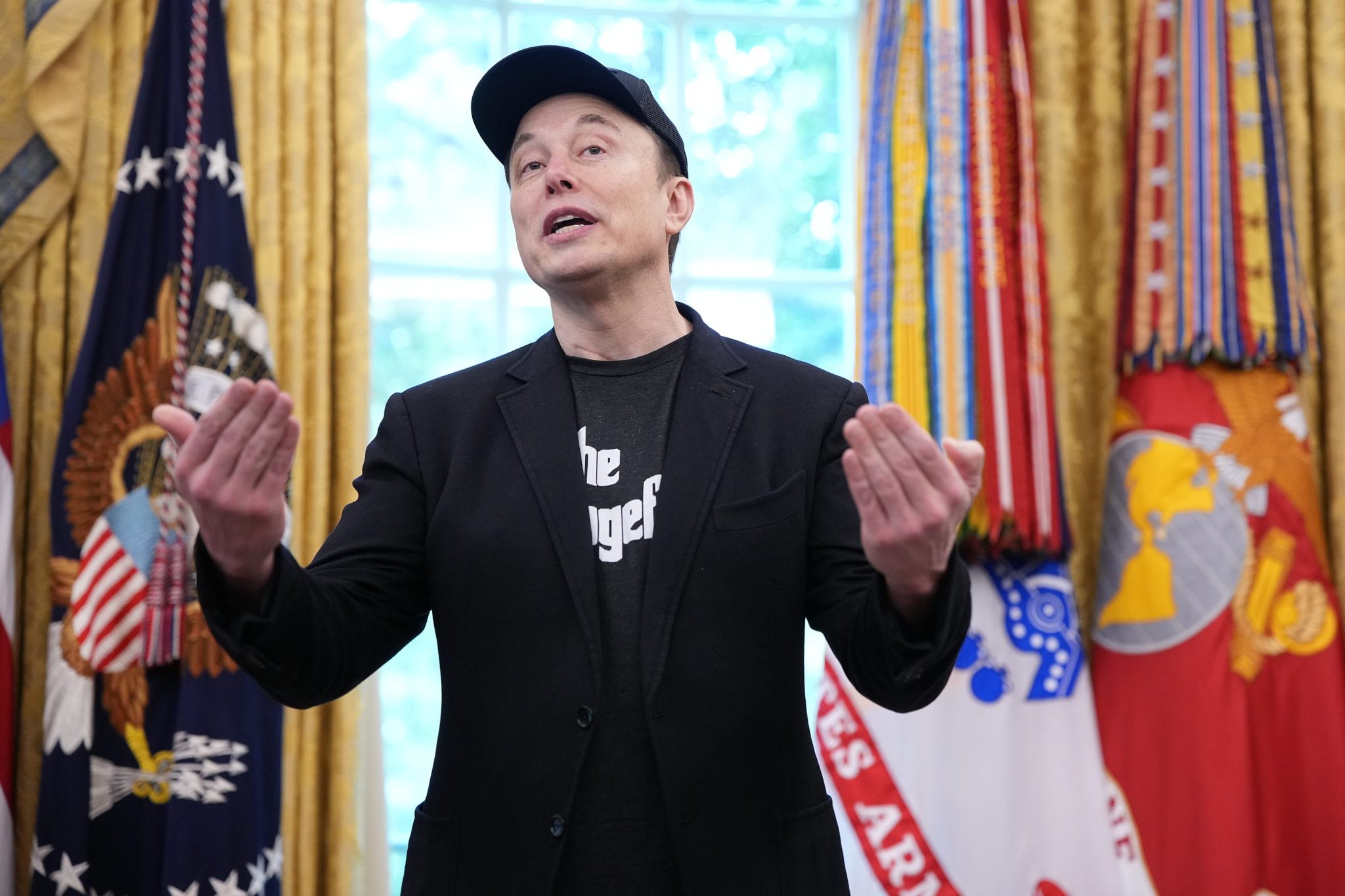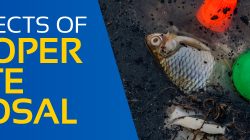Owners of TeslaCars may be able to join the company’s robotaxi network as early as next year, according to Elon Musk during the company’s quarterly earnings call on Wednesday, which could enable hundreds of thousands of customers to earn income by remotely leasing their vehicles as autonomous taxis.
I’m certain it will happen next year,” Musk, the CEO of Tesla, stated during the call. “I’m not sure exactly when next year, but I’m confident it will be next year.
The action would signify a significant growth in the company’s robotaxi system, which officially began last month in Austin with only a few self-driving cars that Tesla owns and manages. Tesla is striving to keep pace withindustry leader Waymo, which operates a fleet of autonomous robotaxis that transport paying passengers in many U.S. cities.
Musk mentioned that the Tesla team hasn’t “considered thoroughly” the specifics of including vehicles not owned by the company in the robotaxi service. He also stated that the team remains mainly concentrated on safety in Austin, where operations were launched in June with a safety driver seated in the passenger seat. “We need to ensure it functions properly when the vehicles are completely under our control,” he remarked.
Tesla stated that revenue for its latest quarter wasdropped 12% from the previous year to $22.5 billion, the EV company’s poorest performance in over ten years. The company attributed the drop to a continued decrease in vehicle shipments and lower prices (trends that were not aided by Musk’s engagement in political partisanship) along with reduced income from environmental credits.
Musk has indicated that Tesla may eventually integrate its customers’ Tesla EVs into the larger robotaxi network, a concept he has been discussing for several months.raising the ideathat people could rent out their own vehicles and potentially oversee their own collections of cars. In addition to the technological side of this idea, it remains uncertain how regulatory and responsibility concerns could arise. Furthermore, at this point, Tesla has not yet completely eliminated safety drivers from the cars it owns and uses in its early robotaxi service. For its initial Austin rollout, Tesla has had a person occupying the passenger seat at all times. Tesla has progressively broadened its service area in Austin (a map posted by Tesla online last week shows the)latest robotaxi service areain a notably phallic form) and Musk mentioned that the company intends to grow it more in a few weeks.
Although Tesla’s robotaxi service is currently accessible only to invitees, such as social media influencers who frequently share content about the company, and not to the general population, Musk outlined ambitious growth plans for the robotaxi service during Wednesday’s earnings call. He mentioned that Tesla is pursuing regulatory approval to introduce the service in the Bay Area, Nevada, Arizona, and Florida.
“Once we obtain the necessary approvals and demonstrate our safety, we will launch autonomous ride-hailing services across most of the country, and I believe we could have autonomous ride-hailing available to about half of the U.S. population by the end of the year,” he stated.
To date, no significant safety incidents have occurred in Austin since the introduction of the robotaxi service, according to Tesla’s CFO during the call. The company’s vehicles have accumulated 7,000 autonomous miles since June, he mentioned.






